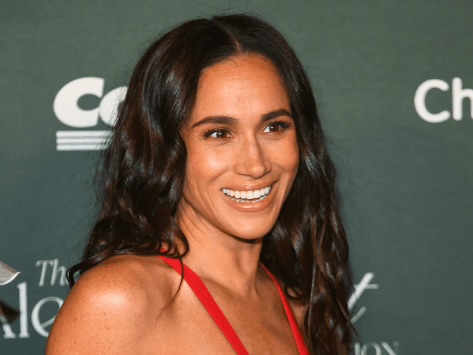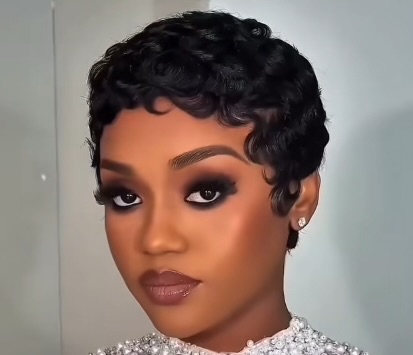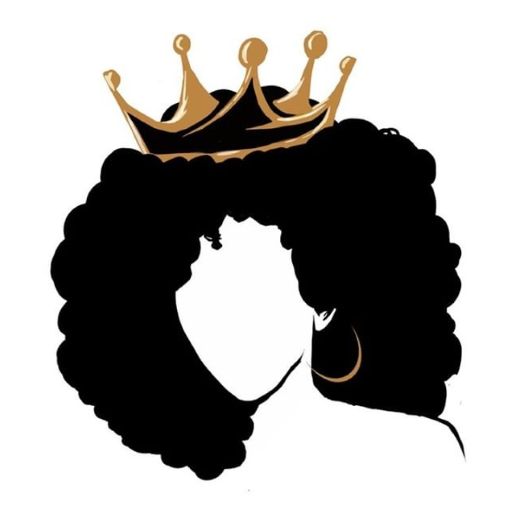When it comes to understanding your hair, the terms fine and thin are often used interchangeably—but they describe two completely different things.
Knowing the difference isn’t just hair talk—it’s the foundation for building a routine that actually works for your hair type.
Fine hair refers to the strand size. If your individual hairs are small in diameter—delicate, soft, and often barely visible when separated—then you likely have fine hair. This hair type can still be full and dense, but each strand is lightweight and more prone to oil buildup or breakage. Fine hair can struggle with holding volume and is easily weighed down by heavy products.
Thin hair, on the other hand, refers to density—the number of strands growing per square inch of your scalp. If you can see more of your scalp, especially at the crown or along your part, you may have thin hair. People with thick or coarse strands can still have thin hair if they simply have fewer follicles. Thinning hair may also indicate hair loss, whether from genetics, stress, or hormonal changes.
Here’s why it matters: what works for one won’t necessarily work for the other. Fine hair benefits from lightweight products that add lift without grease—think volumizing mousses, dry shampoos, and gentle, sulfate-free shampoos. Thin hair, especially if it’s thinning over time, may need treatments that target scalp health, stimulate follicles, or prevent further shedding, like biotin-enriched products or thickening serums.
And sometimes, hair can be both fine and thin, requiring extra care. In this case, minimizing heat, avoiding tight styles, and staying consistent with nourishing treatments is key. A stylist trained in texture and scalp analysis can help determine where your hair falls on the spectrum.
Understanding your hair’s actual needs can mean the difference between frustrating flatness and lightweight, healthy volume. When you know whether you’re working with fine strands, low density, or both, you can customize everything—from your wash routine to your cut—for hair that thrives.
Because at the end of the day, hair care isn’t just about trends—it’s about tuning in to what your hair is really trying to tell you.





